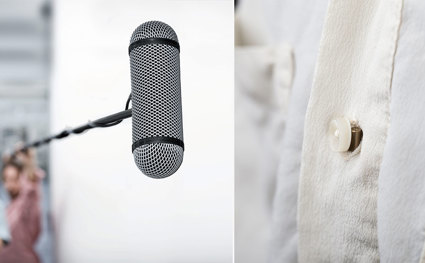Getting from a to d - and back-on digital conversion
By introducing the MMA-A Digital Audio Interface, DPA Microphones has moved into the field of analog to digital conversion. Basically, it is all about the transformation of an analog, continuous signal into discrete numbers. This article describes the general terms applicable to audio conversion.
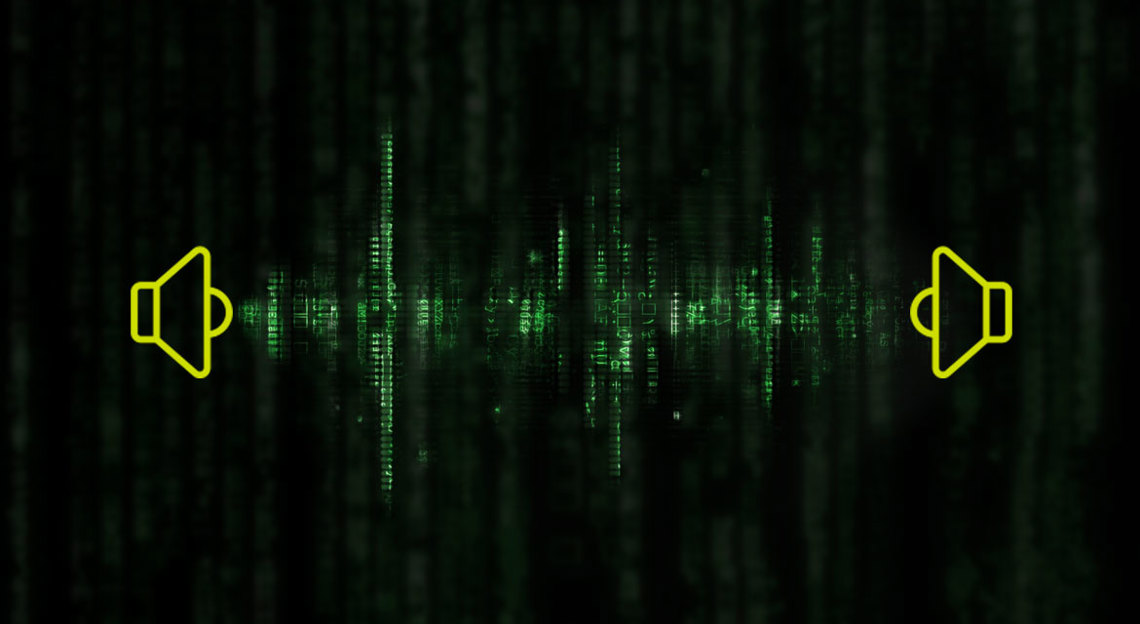
Converting audio
The conversion of an analog signal into a digital version, is all about making a continuous waveform into discrete numbers. Later, when reconstructing the signal, we use the numbers to generate the signal, step by step.
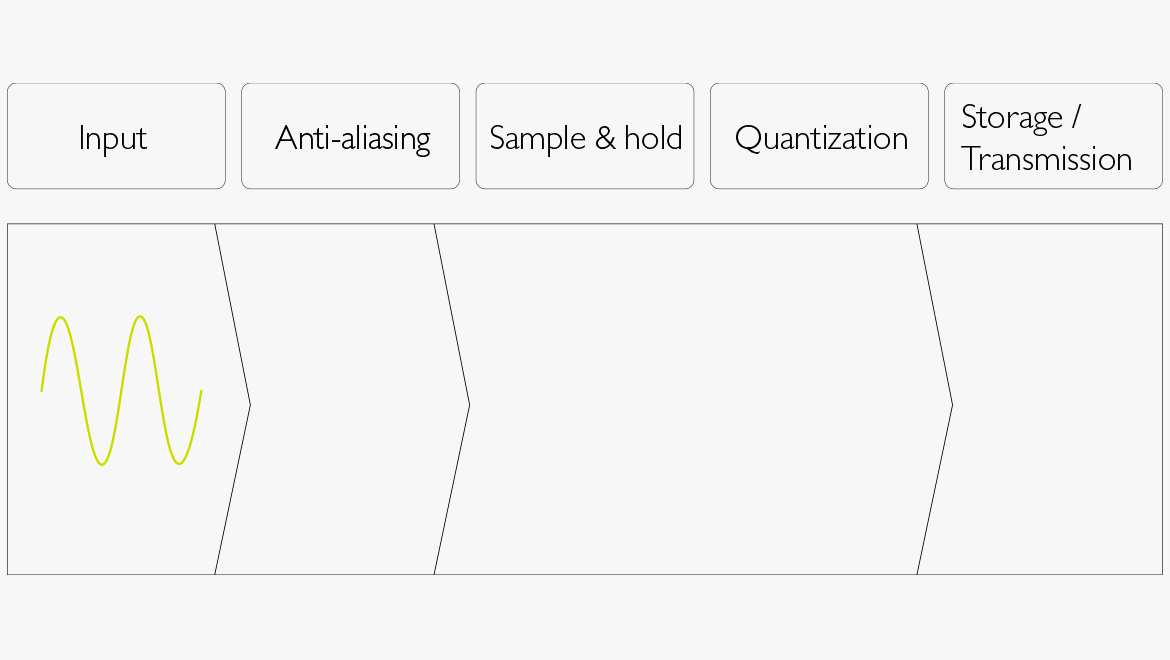
Figure 1. Principles for the digitizing process of analog audio:
- The input from an analog source i.e. a microphone.
- The signal is low-pass filtered before sampling (anti-aliasing).
- The sampling (S / H = sample and hold) is carried out at a given rate that determines the upper limit of the frequency range of the digitized audio.
- Then the size of each sample is determined (quantization). The number of bits available per sample determines the precision of the quantized audio sample. More bits equals higher dynamic range.
- The binary code (0’s and 1's) are either stored or passed on to another part of the chain (storage / transmission).
Sampling
The basis of conversion is about taking samples. A sample is one discrete measurement of one single point of the audio's waveform at a given point in time. One sample is one single value. The value can be stored or passed on to another device.
One sample is, however, not enough to recreate living sound. To store enough information related to the waveform of the original audio, you need a lot of samples.
So shortly after the first sample is taken another one is taken. The sound has moved on, so this new sample probably has a new value. Again, shortly after the second sample yet another one is taken. And another. And so on.
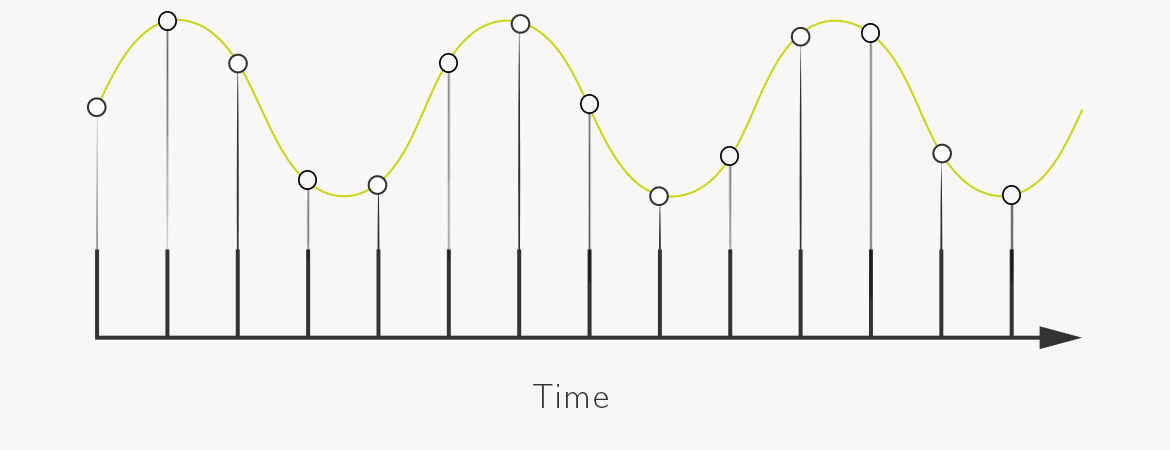
Figure 2. A sample is a measurement of one point of the original audio.
The number of samples taken per second – the sampling rate – determines the highest audio frequency possible to reconstruct after being digitized. The rule is: you need at least double the number of samples compared to the highest frequency you want to reproduce (or you need at least two samples per period of audio). If you want to record up to 20.000 Hz (20 kHz), you will need at least 40,000 samples per second (or expressed differently: a sampling frequency of at least 40 kHz). To make this work in praxis we apply some standardized sampling frequencies for this purpose, for instance: 44.100 Hz and 48.000 Hz.
Aliasing
If you do not follow the rule of taking at least two samples per period of audio, unwanted alias frequencies may be captured. Alias means change of identity (think James Bond / 007…). To prevent this from happening you need to apply an ‘anti-alias’ filter before sampling. This is a low-pass filter that blocks frequencies that are higher than half the sampling rate.
This type of filter can affect the audio. Oversampling (for instance doubling or quadrupling the sample rate is used to get less influence from the filter. (However, doubling the sampling frequency also doubles the amount of data for a given recording).
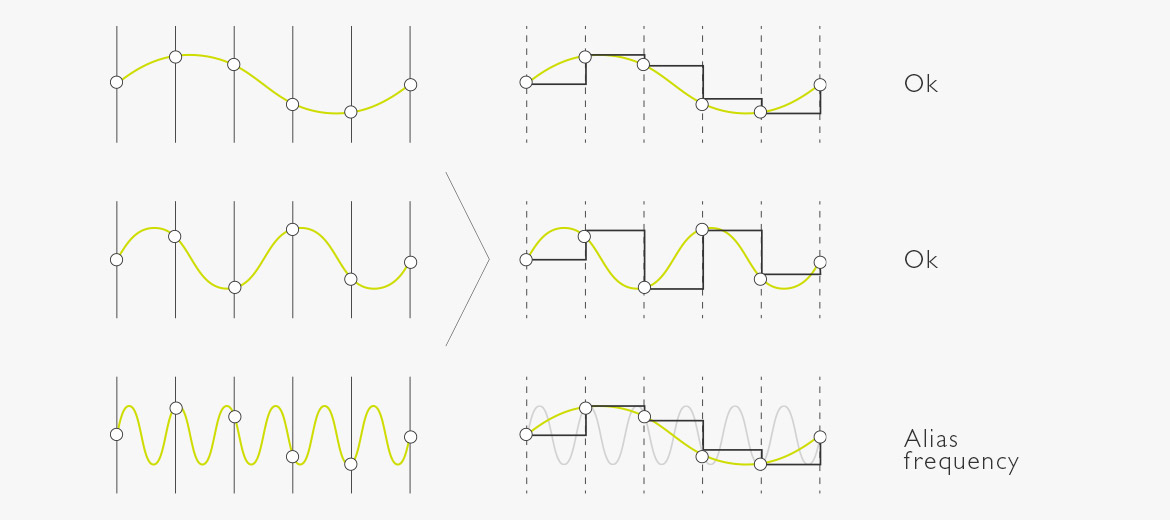
Figure 3. Sampling frequency
If the sampling frequency is not at least twice the highest audio frequency, the reconstructed signal is not in accordance with the input.
Top: The one period of the signal is sampled six times. 6 > 2 so the reconstruction is ok.
Middle: The two periods of a signal is sampled six times, which equals 3 times per period. 3 > 2 so the reconstructions is ok.
Bottom: The six periods of the signal is sampled six times, which equals 1 time per period. 1 < 2, so the signal ends up as an alias frequency, which is different from the original.
Jitter
Another very important thing to note during conversion is the interval between each sample. Each interval must be exactly the same duration. Because, when digitized, there is no information about the timing of each sample. Thus, we must rely on a steady repetition of the sampling – a constant interval. (For instance, when applying a sample rate of 48 kHz, the interval between any two samples is 20.833 micro seconds [µs]. )
The sampling clock must be stable and should not be disturbed by anything. (Un-tight sampling repetition, also called jitter, leads to noise in the reproduced audio.)
Quantization
As mentioned earlier, each sample represents a point of the original signal. It is essential that the measurement of each point and the stored value is as precise as possible. After the sampling process, all references to the original signal is lost.
Establishing the value of the original signal at the time of sampling is a little like using a measuring tape in a workshop. If you are going to cut out a shelf for your closet, you must take a measurement to find out what the size should be. Now, if the measuring tape only show meters or yards, it is almost impossible to find the right size. If the tape display decimeters or perhaps inches, it's getting better. However, the shelf may still not really fit in the closet. However, if the measuring tape displays millimeters or fragments of inches, the precision is high enough to describe the size.
The term quantization comes from the Latin word ‘quantitas’ which means amount or size. To describe the size of a sample we use bits. ‘Bit’ is a contraction of the words ‘binary digit’. Binary means the digit can only have one of two values, 0 or 1. If we want to count higher numbers we must add more bits. For instance, applying two binary digits leads to a possibility of four values: 00, 01, 10 and 11. Adding one more bit doubles the number of values for each bit added.
The precision of the measurement – or quantization – is determined by the number of bits available for each sample. Each bit value represents a predetermined value. If the value of the original signal exactly matches one of the predefined values everything is good. However, if not, you must accept the nearest value available. But that introduces an error that can never be compensated for. So, to reduce errors, it is essential to allocate a sufficient number of bits per sample. Very few bits per sample yield distortion. Increasing the number of bits changes the perceived distortion into noise. Then it is a question of how low noise you want for your conversion. Basically the signal to noise ratio increases by 6 dB per extra bit applied.
Computers organize bits in bundles of eight; meaning the preferred (practical) number of bits per sample is 8, 16, 24, etc. An 8-bit per sample is too low for quality sound. A 16-bit sample applies to CD-quality sound. For the production of high-quality audio, a 24-bit sample is applied.
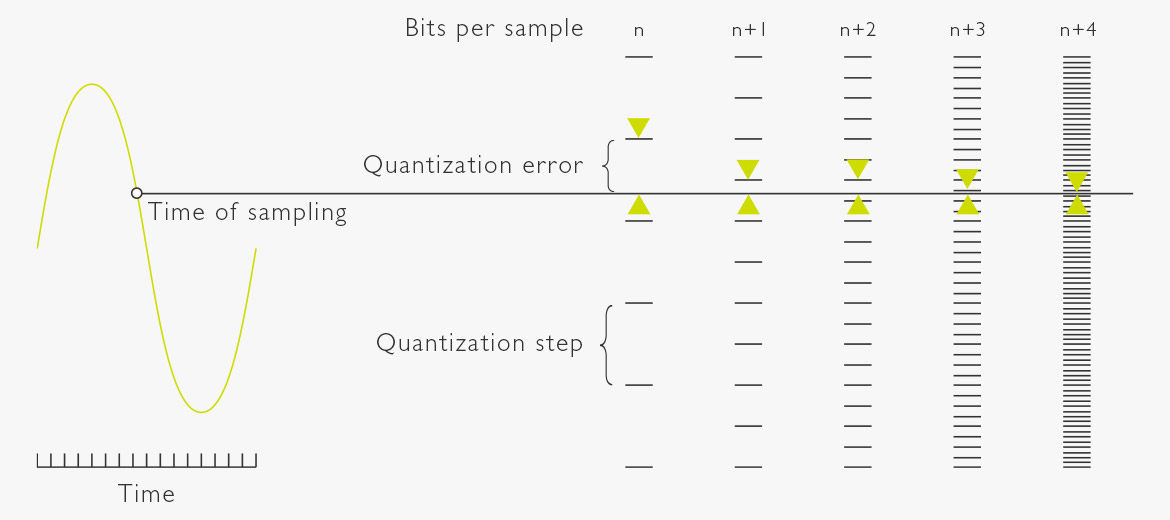
Figure 4. Quantization
With quantization, it is the number of bits that determine the precision of the value read. Each time one more bit is available, the resolution of the scale doubles and the error in measurement is halved. In practice, this means that the signal-to-noise ratio improves by approximately 6 dB for each additional bit available.
D-A
In the conversion from digital to analog, the objective is to produce a signal that is proportional to the value contained in the numerical digital information. Each bit represent a voltage source. The most significant bit (MSB) converts into the largest voltage; the next most significant bit converts into half of that voltage, and so on until the least significant bit (LSB) is reached. By summing all the voltage steps, and by holding each summed value until the next sample takes over, a continuous signal is created. The signal is then smoothed out by applying a low-pass filter.

Figure 5. D/A conversion
- During digital-to-analog conversion, the stored numbers are converted back into analog values.
- The numbers are read into a programmable power supply so that they recreate the corresponding voltage steps.
- The low-pass filter evens out the signal by removing the harmonic overtones (caused by the steps) lying above the desired frequency spectrum.
- The output is pure analog audio.

